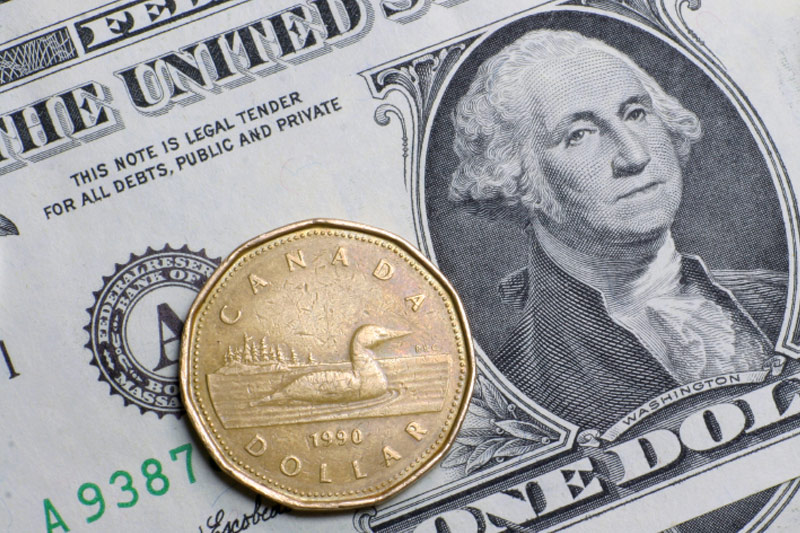Investing.com - The U.S. dollar moved higher against the Canadian dollar on Thursday, re-approaching the more than five-year peaks hit in the previous session as lower global oil prices continued to pressure the commodity exposed currency lower.
USD/CAD was up 0.32% to 1.1421, not far from Wednesday’s highs of 1.1467, the most since July 2009.
Global oil prices resumed their monthslong slide on Thursday as concerns over production in Saudi Arabia and Libya eased.
Oil prices have been pressured lower by the stronger dollar as well as a combination of concerns over the softening demand outlook and ample supplies.
Crude oil is Canada’s largest export and the Canadian dollar is very sensitive to fluctuations in oil prices.
The greenback was boosted after the Labor Department reported that the number of people who filed for unemployment assistance in the U.S. last week fell by 10,000 to 278,000 from the previous week’s revised total of 288,000.
The report came a day after a strong private sector employment report and boosted the outlook for Friday’s U.S. nonfarm payrolls report.
The Canadian dollar showed little reaction after data showed that the number of new building permits issued in Canada rose 12.7% in September, much better than expectations for a gain of 5.2% after a sharp fall in August.
Elsewhere, the loonie, as the Canadian dollar is also known, was higher against the euro, with EUR/CAD sliding 0.21% to 1.4186.
The single currency weakened after European Central Bank President Mario Draghi said Thursday it will soon start purchases of asset backed securities and indicated that further unconventional measures are on the way.
The ECB left rates on hold at record lows at its policy meeting earlier in the day, as widely expected.
